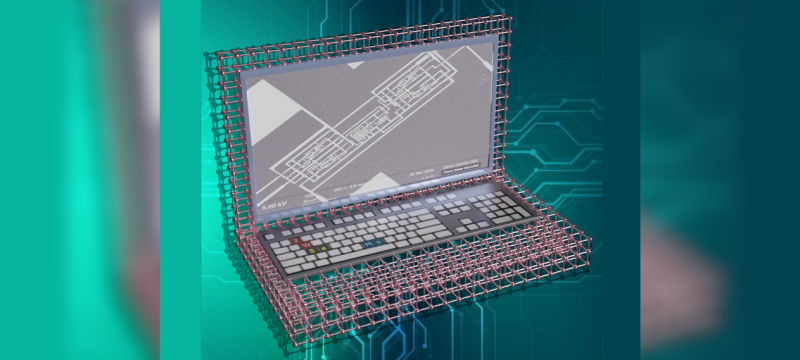In a groundbreaking breakthrough, engineers at Penn State University have built the world’s first computer made entirely from atom-thin 2D materials—completely ditching silicon. This revolutionary machine uses just molybdenum disulfide and tungsten diselenide to power its logic circuits, opening new doors to ultra-compact and efficient electronics.
Published in the journal Nature, the research details how the team successfully created over 1,000 n-type and p-type transistors, the essential building blocks of CMOS computers. These transistors were fine-tuned to construct a fully functional, low-voltage logic circuit.
Also Read: Amazon to invest $13 billion in Australian AI data centres
While the computer runs at a modest 25 kilohertz—far behind today’s commercial chips—it proves that a future beyond silicon is possible. The atom-thin materials used retain their electronic power at incredibly small scales, unlike traditional silicon.
Penn State’s innovation hints at a future where flexible, lightweight, and energy-efficient tech could dominate the industry. This prototype may be slow, but it’s a giant leap toward next-gen computing.









